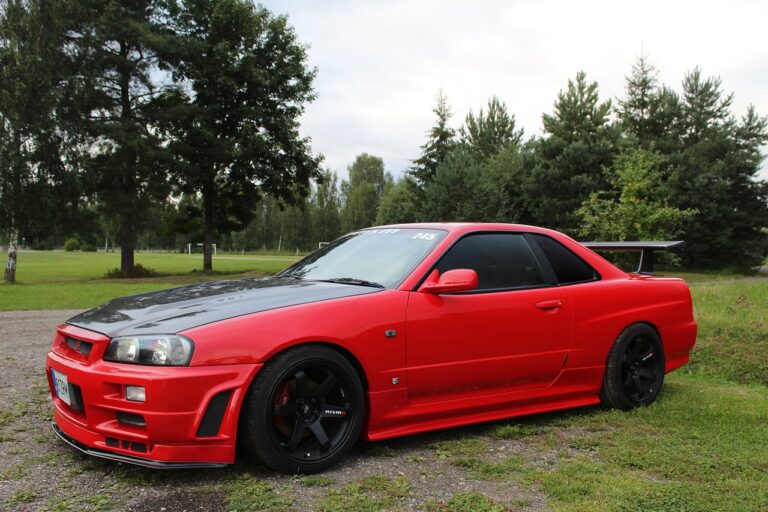The Intersection of Architecture and Car Design
laser book, silverexch, 11xplay reddy login: The intersection between architecture and car design is a fascinating one that has been evolving over the years. Both disciplines share common principles of aesthetic appeal, functionality, and innovation, making them natural bedfellows in terms of design inspiration and creativity. Let’s delve deeper into how these two industries influence each other and coalesce to shape the world around us.
Architecture and car design both involve designing spaces, albeit on different scales. Architects create buildings and structures that people interact with on a daily basis, while car designers craft vehicles that serve as personal spaces on wheels. Despite this difference in scale, both disciplines focus on creating functional, aesthetically pleasing designs that enhance the user experience.
The influence of architecture on car design can be seen in the use of materials, shapes, and forms. Just as architects use materials such as concrete, steel, and glass to create buildings, car designers utilize materials like aluminum, carbon fiber, and composite materials to build sleek and aerodynamic vehicles. The use of biomimicry is another common thread between architecture and car design, with designers drawing inspiration from nature to create efficient and sustainable designs.
Aesthetic appeal is another crucial aspect where architecture and car design intersect. Both disciplines strive to create visually striking designs that elicit an emotional response from the viewer. Just as a well-designed building can inspire awe and admiration, a beautifully crafted car can evoke feelings of desire and excitement. The use of symmetry, balance, and proportion are key elements that both architects and car designers utilize to create visually harmonious designs.
Functionality is another area where architecture and car design converge. Architects must consider factors such as space utilization, natural lighting, and ventilation when designing buildings, while car designers need to prioritize aspects like comfort, safety, and performance when crafting vehicles. Both disciplines require a deep understanding of user needs and preferences in order to create functional designs that enhance the user experience.
Innovation is at the core of both architecture and car design. Architects continually push the boundaries of design and construction techniques to create buildings that are both environmentally sustainable and visually stunning. Similarly, car designers are constantly exploring new technologies and materials to create vehicles that are more fuel-efficient, safer, and aesthetically pleasing. The cross-pollination of ideas and innovations between these two industries helps drive creativity and push the boundaries of design.
As technology continues to advance, the intersection between architecture and car design will only grow stronger. With the rise of autonomous vehicles, smart cities, and sustainable architecture, there is a greater need for collaboration between architects and car designers to create seamless and integrated urban environments. The blending of digital design tools, 3D printing, and sustainable materials is opening up new possibilities for designers in both industries to create innovative and environmentally friendly designs.
In conclusion, the intersection of architecture and car design is a dynamic and evolving field that is shaping the way we live, work, and move in the world. By drawing inspiration from each other’s disciplines and collaborating on projects, architects and car designers can create designs that are not only visually stunning but also functional, sustainable, and innovative. As we look to the future, the fusion of architecture and car design will continue to drive forward-thinking design solutions that enhance the way we experience the built environment.
FAQs:
Q: How does architecture influence car design?
A: Architecture influences car design through the use of materials, shapes, forms, and aesthetic principles. Designers draw inspiration from architectural elements to create innovative and visually appealing vehicles.
Q: What are some examples of buildings that have inspired car designs?
A: The Sydney Opera House, the Guggenheim Museum, and the Burj Khalifa are just a few examples of iconic buildings that have inspired car designers to create cutting-edge and futuristic vehicle designs.
Q: How are architects and car designers collaborating on projects?
A: Architects and car designers are collaborating on projects that involve creating integrated urban environments, sustainable transportation systems, and futuristic mobility solutions. By working together, they can create designs that are both aesthetically pleasing and environmentally friendly.
Q: What are some future trends in the intersection of architecture and car design?
A: Future trends include the use of autonomous vehicles, smart cities, sustainable materials, and digital design tools to create innovative and environmentally friendly designs that enhance the user experience and shape the future of urban living.







